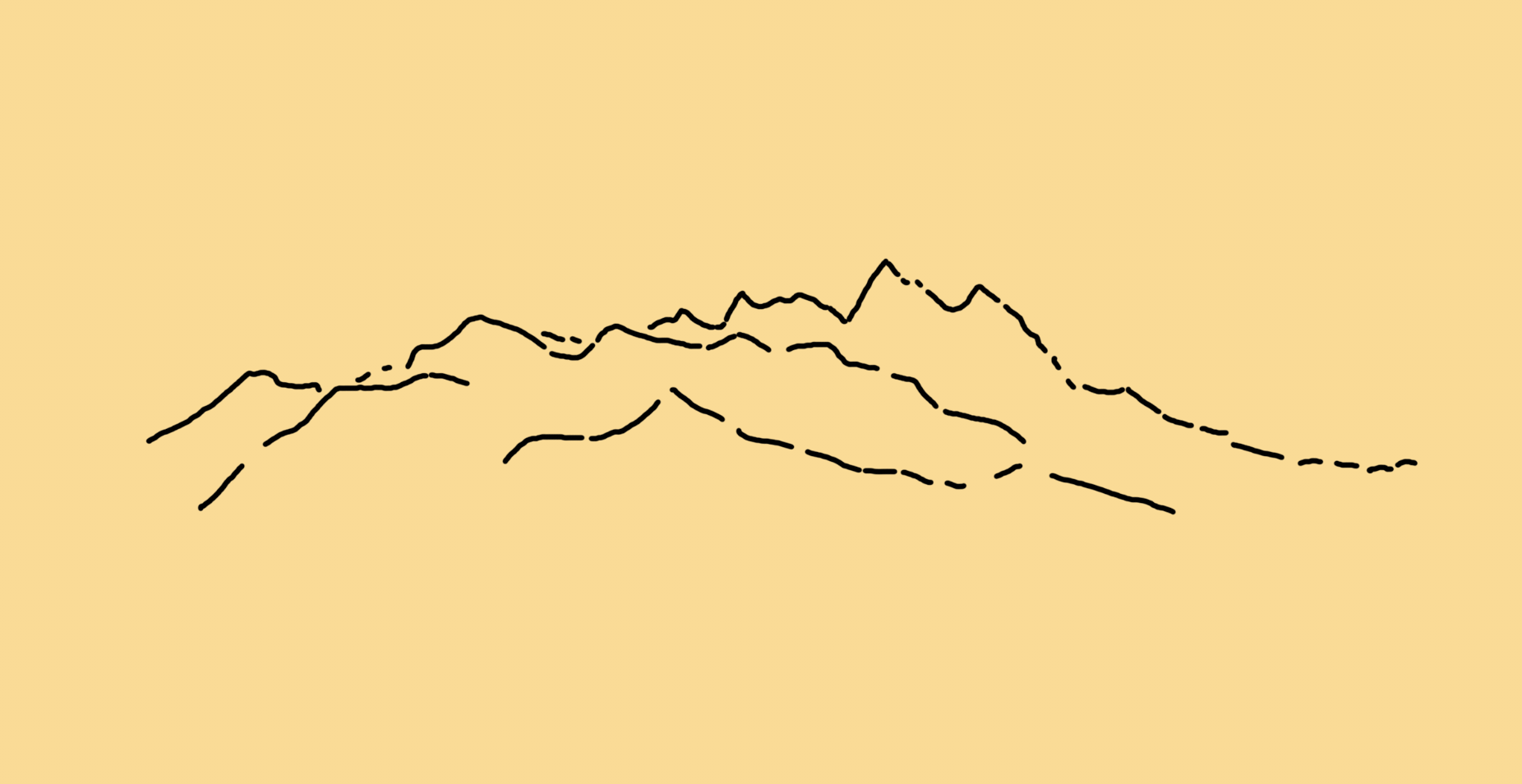The Geography of The Geography
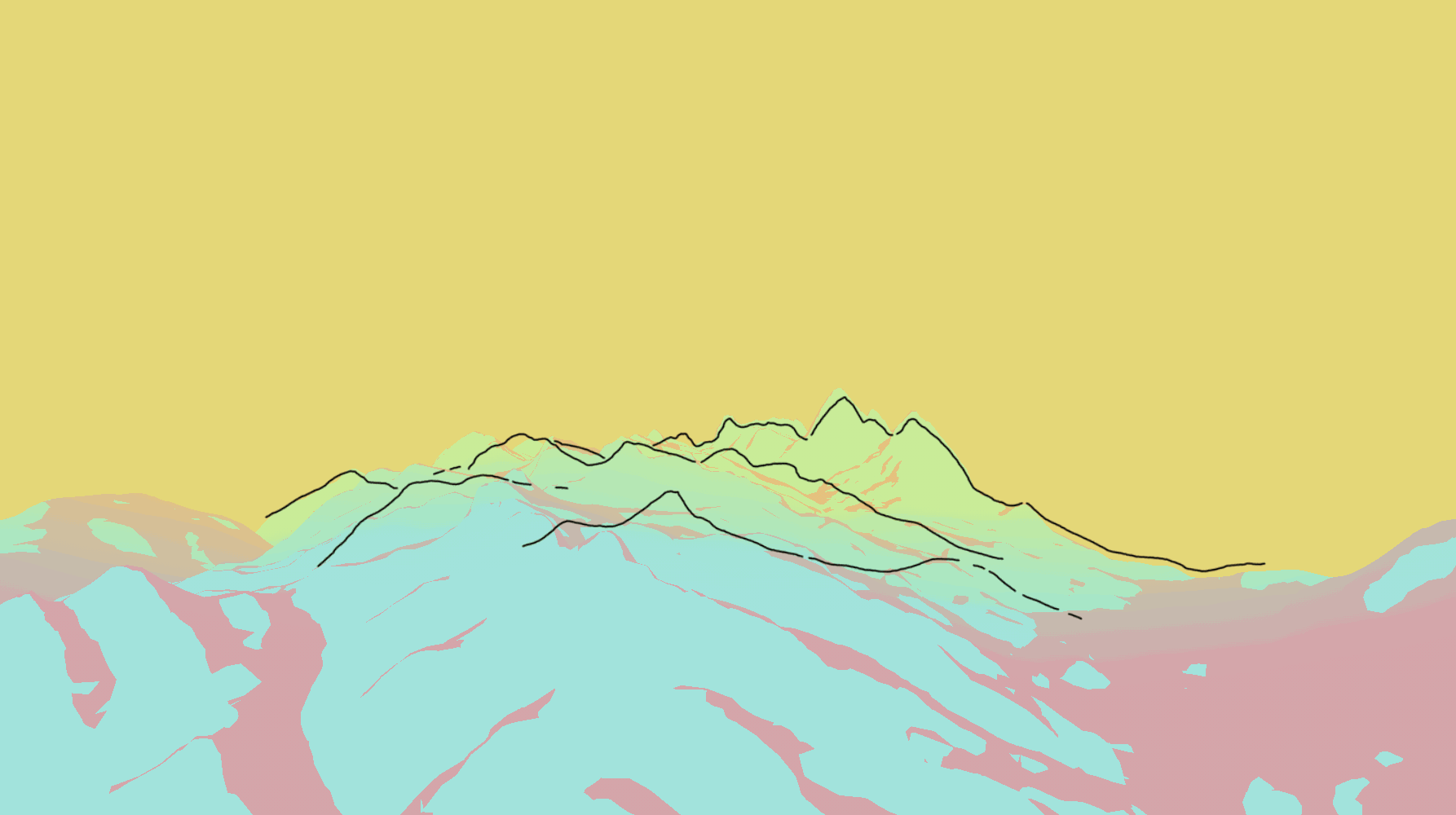

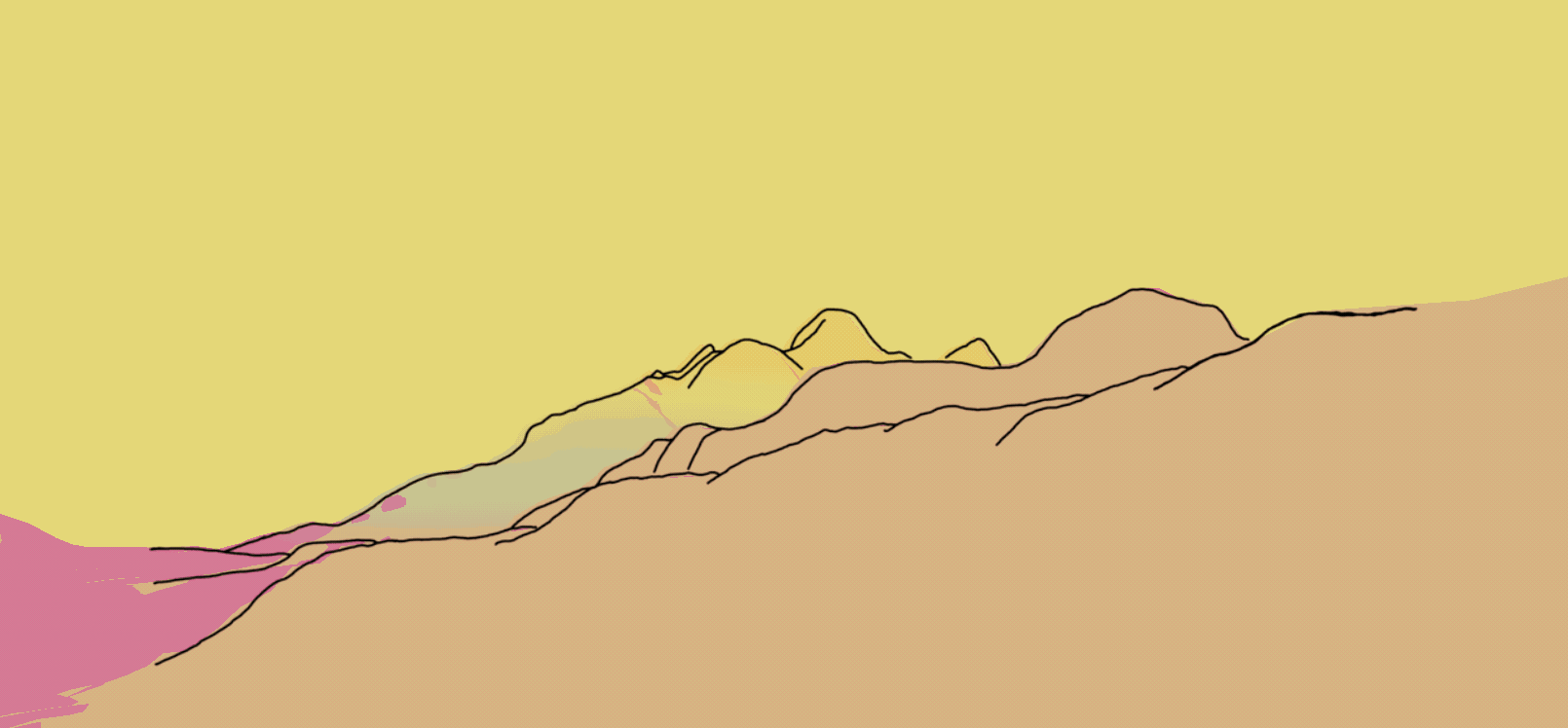
The Geography is an Endless, Nonlinear Orchestration. A composition that will play forever, re-orchestrating itself from moment to moment. Always sounding familiar, while always being new. That last part I think is the most beautiful for me; "Always familiar, always new". The Geography is a peaceful place.
In the following writing, I want to explore and document a retrospective kind of exploration of the process and inspirations of making The Geography. Hopefully mostly in chronological order. Where to begin, where to begin...
Romanticising the memory of the moment that I approached Titouan with the idea of what would become AudioLoom, about making something to make “endless music”, it goes a little something like this; I imagine travelling miles through the nonspecific medieval countryside to a small cottage on the edge of a lush and fragrant forest where a mystical instrument maker lives. I knock on the door, hand him a basket of white apples, and ask if he would lend me his ear. If his ears like what they hear, maybe he would lend me his talents. I ask Titouan, in his picturesque cabin by the forest, to make me an instrument. An instrument that will play forever and always in new ways. Titouan agrees and we set off to collect twigs and wool and silk from the forest to begin the construction of AudioLoom. The Geography is built on an AudioLoom. AudioLoom is the name of the piece of programming and prefabs that act as a weaver and conductor of the music in The Geography. In reality, we were working on something else together in our spare time, which was already dealing with similar ideas for the music side of things, and from within that project, AudioLoom was born.
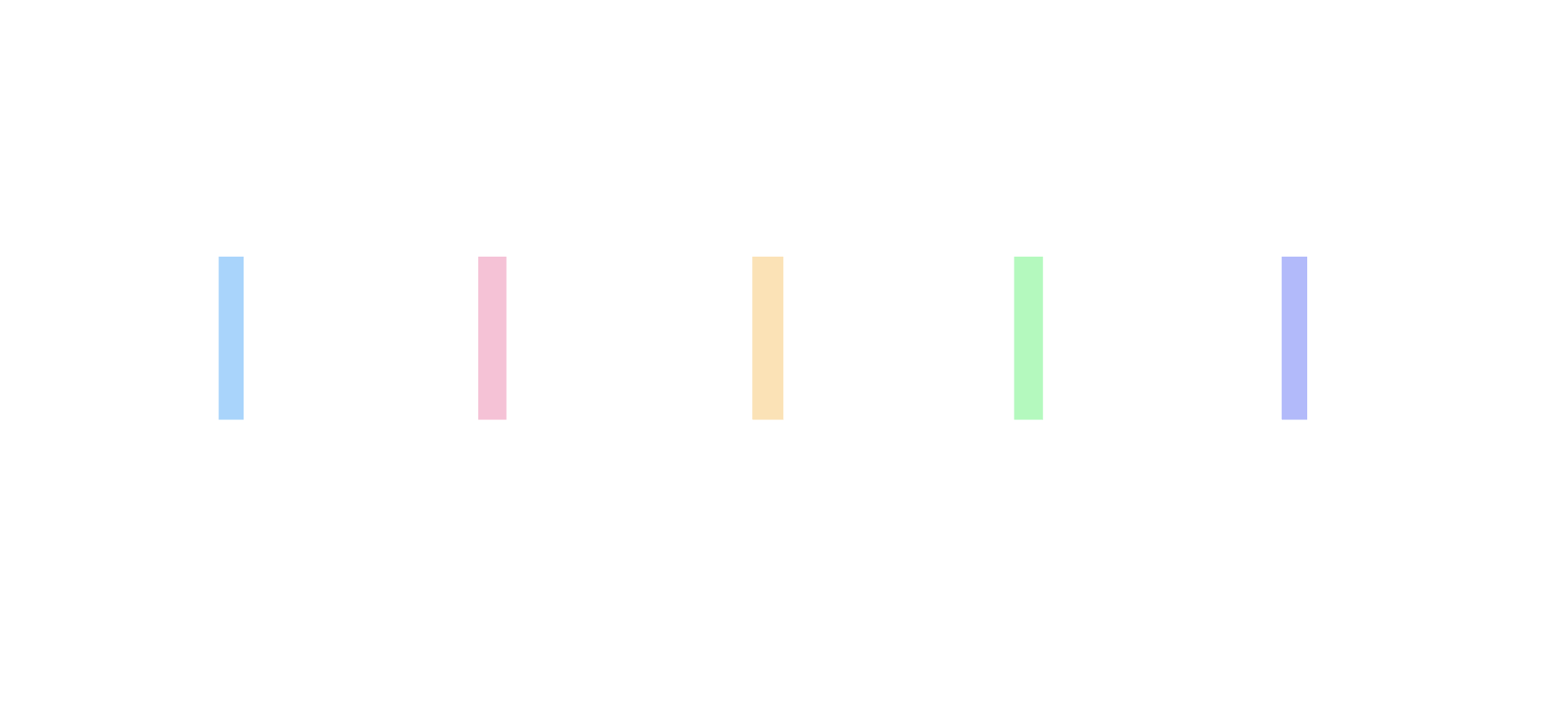
The Geography, and really AudioLoom, too, is born of a few fundamental ideas. Ideas that literally spawn with the likes of Brian Eno, Suzanne Ciani, Harold Budd and John Horton Conway, to name a few. Philosophically, the work of Gwilym Gold's Bronze Format, and Brie Code's #SelfCare, Brian Eno and Peter Chilvers' Reflection app, were also formative philosophies informing the idea of The Geography. Reflection I can cite as being the core inspiration, not only due to what it does mechanically, but what it did for me emotionally. It was a companion to me, I would listen to it so often to calm and relax me that it was almost pavlovian in its power to put me to sleep, if I was having trouble sleeping, or to calm me down, if I needed to feel calm. When my early tests of The Geography started doing the same thing for me, I knew I had arrived somewhere special.
Another big inspiration for me was also Bjork’s Biophilia app which accompanied the album release around 2011. Interactive music, and music that seem to stem from generative means, as well as from using the natural forces of nature as the co-conductor. The Biophilia app itself was a little playground of musical toys, each themed after each song, and in many cases, an exploration the compositional process of those individual songs. These were examples of emergent music, taken from pieces and woven into a whole. Then there was Radiohead's collaboration with Universal Everything; Polyfauna. The landscapes would slowly morph and grow as you explored, and the soundscapes would do the same. These are just a couple examples of the kind of "apps" that I found to be incredibly, incredibly inspiring. The Geography itself is not particularly a toy, or an instrument, and stays safely in the "endless album" space, but it does feature a simple five-key instrument that can be played at any time, which I think was a nice late addition. The Geography at its core is meant to be a companion, something that explores itself, and is there for you if you need it. It can send you to sleep, just as efficiently as it can help you focus, if that's what you want from it. The way The Geography achieves this is through the philosophy and techniques of generative music. However, we needed a way to bring generative music to the listener wholesale, not a recording of a generative composition, but a living, generative composition.
Generative music has a boundary issue. Not philosophically, but mechanically, primarily, you can find yourself using generative means for composition, but are then forced to committing them to tape. Meaning, generative music is generative in the moment, but in terms of sharing those sounds, outside of a performance or installation context, the options are limited. Your generative composition becomes, inevitably static. As I saw it, the only current option to remedy this is make your own delivery system for your generative music. At least, that’s what it seemed like to me. I think that is still mostly true, too. Which is why the idea of AudioLoom needed to be, why I needed something to be able to deliver my Endless Album in an easy, and low-barrier-to-entry sort of way. Not a recording of the endlessness generative piece, but the endlessness generative piece itself. To each listener a unique instance of the piece, endlessly. So… I thought, well, there are ways that video games do generative-type things, and even completely generative and procedural graphics and music, and this is my industry, so… Maybe that’s what I should do
Tethered to the idea of the 'something else' project idea shown above, the idea for AudioLoom, or something like it, started to be tossed around. AudioLoom was born from these conversations and experiments. The 'something else' particularly was shaping up to be five unique compositions, in five unique colourful 3D spaces, utilising this kind of "endless system". Miraculously, and beautifully, the iterations began, and slowly but surely, we built, and spun off, AudioLoom. Then came the mountains.
It was on an aeroplane to Japan in 2019 that I saw the mountains from the sky. Not the first time that I had seen mountains from the sky, but this time felt like the first time. The clouds, the peaks and valleys, and the gradient of the colour of the sky. I had never seen something so breathtaking. I was flying to Japan because I had decided that I wanted to turn 30 years old in Tokyo, a city I had never been to before, in a country I love, and had visited many times. The mountains from the sky, dappled in light, behind the wispy clouds and layers of atmosphere, were so breathtaking. It was as if the mountains themselves were speaking to me, and it became clear as a picture, a crystal clear conversation. The Mountains were the music, perfectly still but always in motion. This was the ideal metaphor for the idea of AudioLoom, and the perfect visual idea that would compliment, and become, The Geography. I didn't open my computer once I landed, or when I got to my lodgings. But I had already made the decision, and the mountains had made it for me. In so many words, I just felt the cosmic confirmation that that idea would become a reality, that I would do whatever I could to make The Geography.
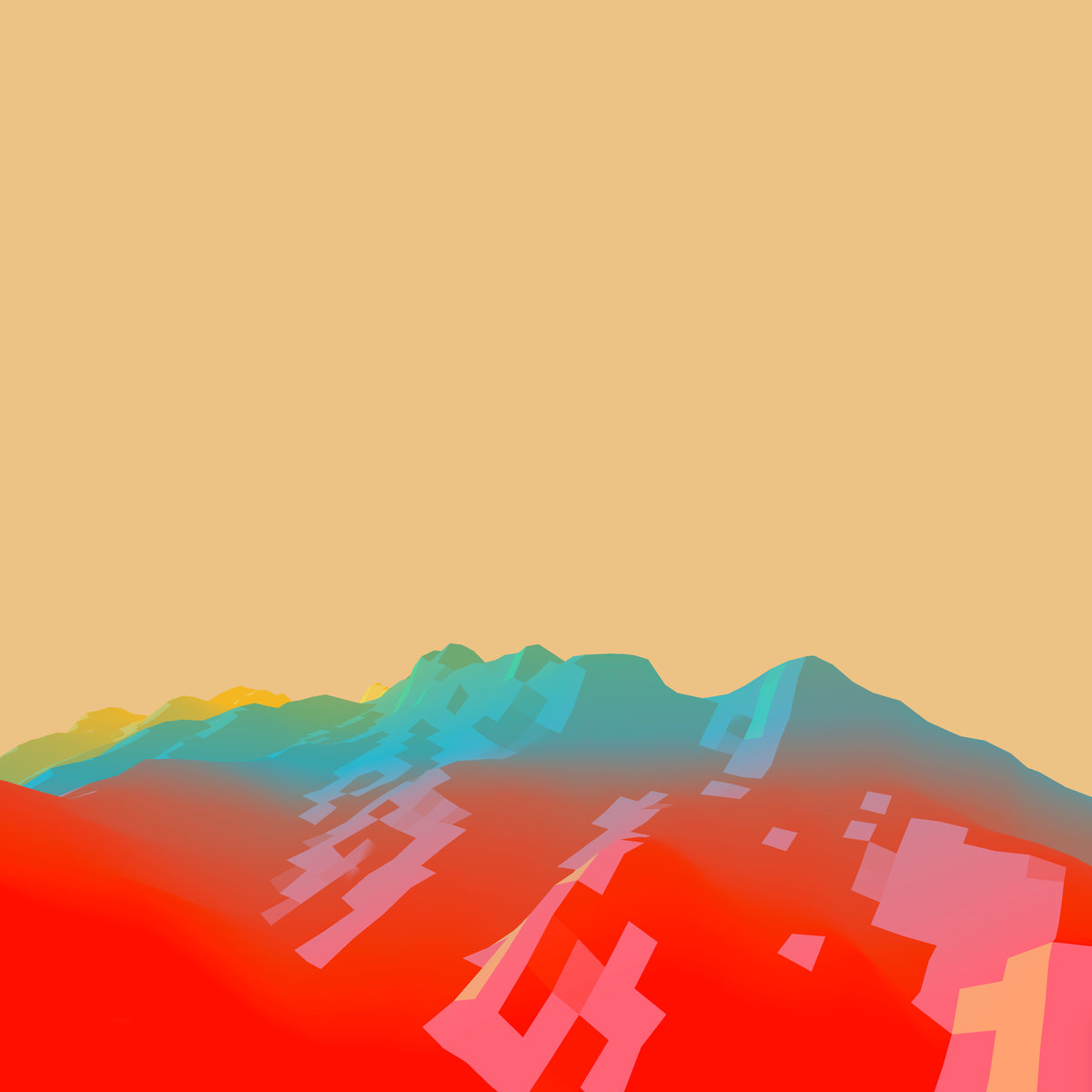
I had already been working with real-world terrain data for a project that was more of an "idea" - I wanted to recreate the island of Svalbard in Unity, and implement a visitable Svalbard Global Seed Vault in the landscape. I had become obsessed with the idea of, and the reality of, The Seed Vault since an article popped up about it somewhere around 2014. Then again in 2015, I saw it again, in an article about seeds collected from the Fertile Crescent being moved from a gene bank in Syria, to the Svalbard Global Seed Vault, due to conflict in Syria threatening their preservation. I read all I could about the seed vault, it was such an inspiring thing to learn about. A very interesting and inspiring looking building, too. Something out of a sci-fi story. So, more and more, Svalbard seemed to be the place to place The Geography.
In 2020, various versions of The Geography was shown as a string of festivals and gallery showings, which began with isthisit? gallery, and saw The Geography shown as part of a festival for Upstream Gallery in Amsterdam, amongst others. When displayed in these contexts, The Geography cycled through various landscapes, and music from other artists, too. The visible terrains were taken from places like Kangaroo Valley in Australia, The Dolomites in Europe, The Okanagan valley in Canada, and more. But, when it came time to distill The Geography, naturally, where it began felt the most right; Svalbard.
Towards the end of 2020, things had slowed for The Geography in terms of showings, and so I started tinkering various stand-alone versions again. I had always loved the way The Geography looked on my iPad during testing. It was like a moving painting, that calmly generated new painted landscapes. So, I returned to the original prototype, returned to the moment it first all came together for me.
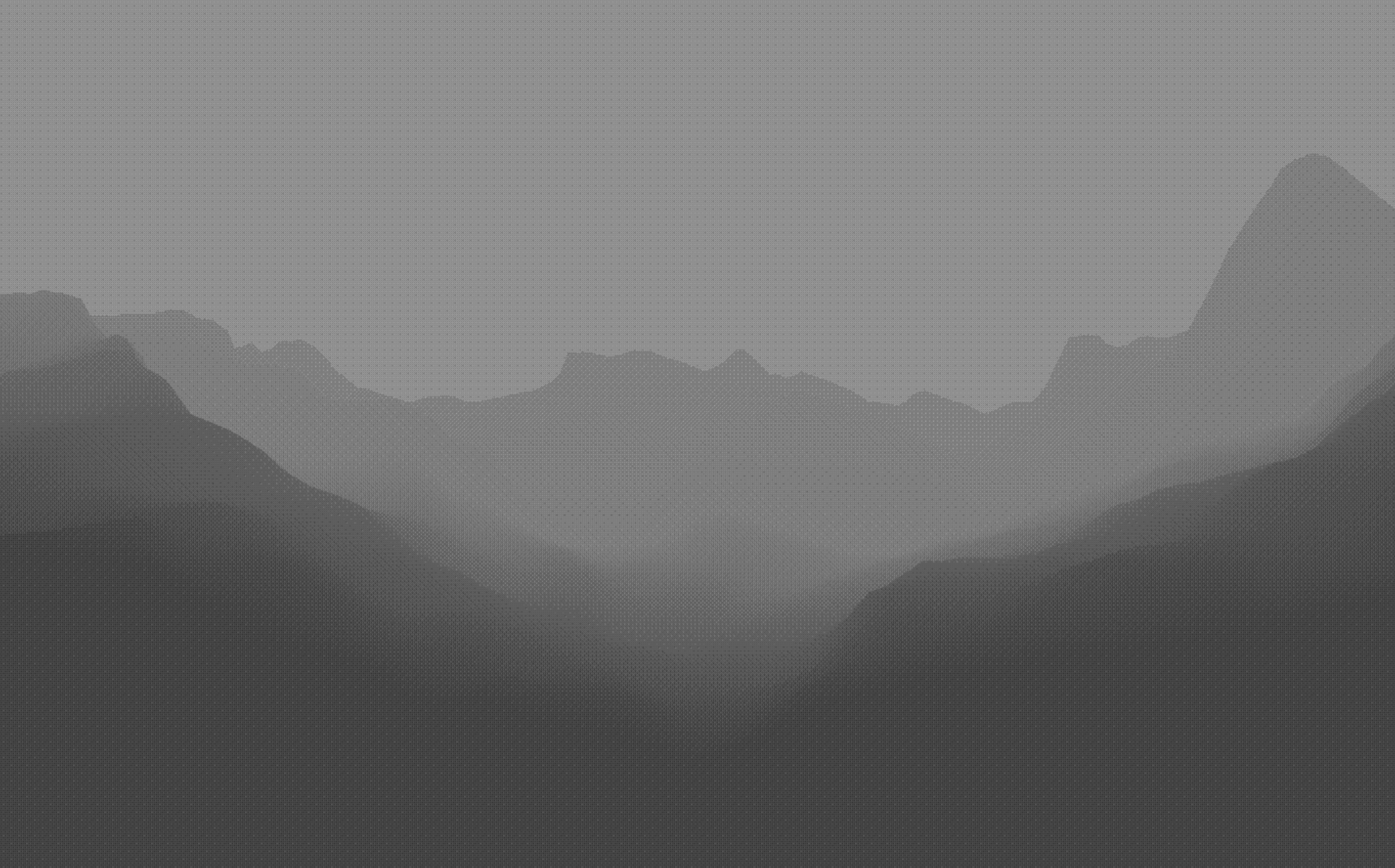
In those early prototypes, there was one night in particular where it all clicked. The version that had first felt right; it had the pastel colour pallet, the misty mountains of Svalbard, and the music... The music sounded serene, and it didn't break. A minute passed, then another, then another, filling my kitchen with the most beautiful sound. That day, The Geography played for 24 hours. It sent me to bed, and woke me the next morning. It was an immensely healing and transcendent experience. That song, those sounds, is primarily what you hear in the stand-alone, app version of The Geography. A few new musical seeds have been added over time, but it's mostly the same in the app release, and that feels very special.
The app building process is a whole other adventure on its own, filled with pitfalls and turbulence and soaring accomplishments both personal and technical. Building the app, specifically for iOS and for Android was an incredibly valuable learning experience. All things considered, the process is extremely straight forward and fun, really. The reason The Geography app is "as nice as it is" on a User-Facing level is genuinely thanks to Pippin Barr. There was an extended period where there was almost daily back-and-forth emails between us talking about the whole process, the design, the app store review processes, most all aspects of the development, really. I think that of all the testers, Pippin's feedback made The Geography application exponentially a better experience for the user than it was prior to his input.
For me, building the app was like building The Geography again, though, it was very nice that the core was unchanged, that what made The Geography remains through gallery showings, live streams and now into the app. The Geography is a very personal thing. The application itself, especially. It's something I wanted to be able to not only make, but to be able to share. To be able to compose music in a way that was new and creative, to compose for an 'endless system'. To compose and orchestrate all the elements so the generative composition would still be pretty, even if I wasn’t organising when each instrument was going to be played. Musical threads on a musical loom. An auto-loom with it's own tastes, harmonising with itself. And for me to be able to hear something unique, and for you to hear something unique with every listen, but still feel familiar.
The Geography utilises generative methods, but the sounds that you are hearing are not generated in a random way. The Music, and sounds, all have their origins in composition, and are composed pieces. Whether it's a chord, or a note, my finger touched an instrument, and resulted in everything you hear when you are hearing The Geography. Though, what you would consider "The Song" or "The Composition" is put together generatively, and this "Song" lasts indefinitely, constantly re-orchestrating. So, the music itself is not synthesised generatively, but the composition is orchestrated generatively. It's all the pieces of a song, and of an album, constantly weaving.
Composing for endless systems, rather, specifically, composing for The Geography was like tending a garden. The Geography ended up being a little garden of sound, and more like a painting, that would I would add a pigment, add a petal, take a petal, until it was a beautiful place. That garden of sound, that is forever blooming, will bloom, and blooms, in The Geography today.

There is something else, though. Something more invisible. The narrative. You see, there is the story to The Geography, and the story of AudioLoom. I don’t mean the story I have just told you, I mean another story.
Over the years that I have been making music, though all have been instrumental albums, each one of them has always had a story behind it. Either fact or fiction, a story that is explored during the process, or directly through the music. Every album I have ever released as Paws Menu, and otherwise, has a story. A narrative. One that I lived, and wrote, and expressed through the music alone, and sometimes in words, in materials released with an album, but mostly during the process of making the music itself. The process is always an exploration of ideas. The Geography is no different. There is a story that captivated me during the conceptualisation phase of The Geography, and that is the story of The League of Geographers, aka The League of Cartographers; A seemingly clandestine group of mysterious and arcane cartographic researchers. There have been snippets of the story shared with showings of The Geography since its inception, however, they are just that; snippets. These fragments, and an exploration of a shared mutual interest in the subject matter, is how I came to know Esther and Andrea.
Esther Thudd and Andrea Horus' research on their project "DreamLoom" was instrumental in the creation of The Geography. We were able to assist each other via a collaboration to preserve the more beautiful part of a labyrinthine science and practice that we were both fascinated with. Those technologies live with The Geography, too. As far as I know, and it has been a little while since we spoke, Esther and Andrea continue their work on technologies like DreamLoom and AudioLoom. During our time together, we shared research, and we found many overlaps in our interests and our philosophies. They had made something for themselves, as I had for me, and they inspired me. I remember them fondly, and hope they are doing well. I'm sure they still share a deep obsession and passion for their research on The League of Cartographers, and I'm sure their ears are to the ground. If you do happen to have any information about The League of Geographers, or The League of Cartographers, I pass on the perpetual request to contact Esther Thudd at estherthudd@protonmail.com with your leads and/or findings.
If you are interested in tinkering with AudioLoom yourself, the technology behind The Geography please feel free to be in touch. The technology is admittedly messy and highly customised for my use, but, Titouan and I are more than happy to share the technology with anyone who might be curious enough. AudioLoom is a Unity Plugin, and works with your own music and sounds, allowing the facilitation of endless, non-linear orchestrations. If you would like to play with AudioLoom, please get in touch at; pawsmenu@gmail.com
It is a great pleasure to be able to bring The Geography to the world, a game that aspires to be something wholly unique, defying what it means to be a game, and what it means to make and play a game. A game, an endless album, a companion for peace, meditation, and anything else you may find. The Geography is a companion for me, when I need it and I hope it will be for you, too. To be able to realise The Geography is a dream. The Geography hopefully sits within a paradigm where interesting, inspirational, aspiration and innovative ideas flourish. The Geography, to me, explores a variety of modern ways to be creative, and embraces creative ways to engage with music, art, games, peace and creativity, which are all individually, and together, beautiful places.
Get The Geography
The Geography
an endless nonlinear orchestration
| Status | Released |
| Author | Paws Menu |
| Tags | ambient-music, chill, generative, meditation, Mountains, passive, peaceful, Relaxing |
More posts
- The Community Copies of The GeographyOct 12, 2021
- The Release of The GeographySep 12, 2021
